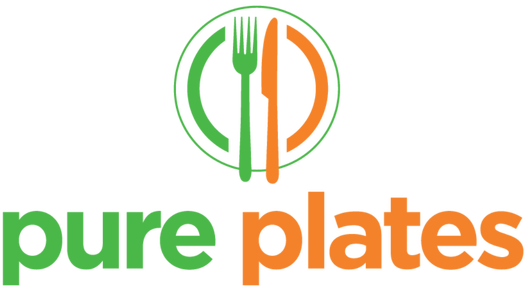What Really Happens When You Fast
Fasting, also known as abstaining from foods or beverages that provide nutritional value, has become a popular subject within the wellness realm. Some studies show that fasting may be beneficial for our health such as by aiding in weight loss. Other studies conclude that more research is needed to be done and therefore the health benefits remain unknown. While fasting itself remains controversial, many individuals don’t really understand what is actually happening in their body during this time.

The first few hours
During the first 0 to about 3 hours our bodies are in an anabolic phase. This means, we’re in a growth phase. When we eat, our body has immediate energy power available for use. During this phase, we are using up this available energy that we recently consumed through food. This energy gives us the ability to do our everyday activities and functions as well as all of the processes within our body that we don’t even think about!
After we eat, our pancreas responds by releasing the hormone insulin. Insulin works to rid our bloodstream of extra energy, or glucose, and stores extra energy in our cells for later use. This energy is stored in the form of glycogen.
The next 4-16 hours
While the first few hours was about building up, the next part is about breaking down. AKA a catabolic phase. Remember that glycogen, or stored energy, that we were saving? This is when rely on that storage for energy. Once this is depleted, our body starts utilizing fat as an energy source. To utilize fat as energy, our bodies break it down into substances called ketone bodies. This action typically occurs near the 16 hr mark.
The timing and rate of breaking down of fat into energy typically depends on the quality and components of the meal that we last consumed. For example, if you ate a high carb meal, it might take a little longer to build that energy.
Another interesting process that occurs around this time is called autophagy. Autophagy is when our body gets rid of dead or damaged cells. While we don’t go into full detail of this here, it’s a potentially beneficial action as it can decrease risk of cancer, aging, or other chronic diseases.

16 to 24 hours
After 16 hours, the glucose in our cells and body has severely been depleted. This makes our body continue to burn stored fat in order to keep up with our energy needs. The amount of energy needed is quite crucial, so we’re likely burning a lot of fat. The “cleaning” of our cells, or autophagy, continues at this point.
24 hours and on
After 24 hours of fasting, our body enters a state called ketosis. This is when we are only relying on fat stores for energy. Ketone bodies are continuously being created and released. While our brain usually relies on glucose as its main source of energy, its forced to use ketones at this point. Some studies state that your brain function improves by using ketones, however, research is still limited.
From 72 hours and beyond, we’re in a deep state of ketosis. What does this mean? This means that we’re continuing to utilize fat for energy and autophagy continues. The health benefits that you may have been seeing from fasting, you’re likely to continue to see.

Next steps for you
As we’ve mentioned, the evidence and research behind fasting is controversial and isn’t totally conclusive. Some individuals may find it beneficial and reap the benefits, while others may find this certain dietary lifestyle to be impractical and unrealistic. Before you decide that fasting is for you, we recommend doing your own research, speaking with a dietitian, and planning ahead. Planning ahead is crucial if you plan to incorporate fasting into your routine to make sure that you are meeting your nutrition needs.
Where Pure Plates comes in
Speaking of planning ahead, Pure Plates can help to take care of this for you! Pure Plates allows you to not count macros or calories, and delivers fresh and nourishing food straight to your door. Personalized meal plans are also available – check out more info here.
*Featured image taken from the Spokesman review

